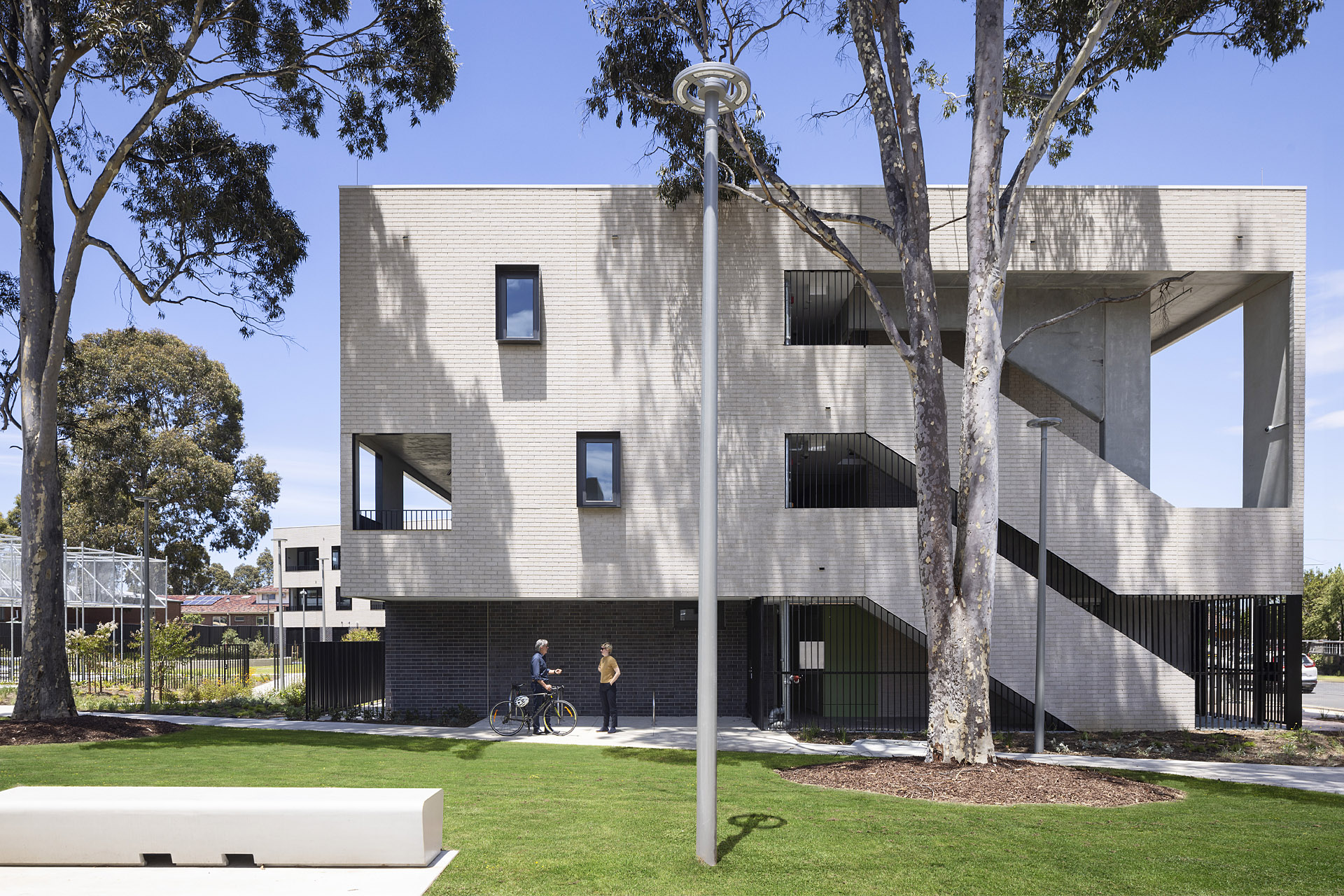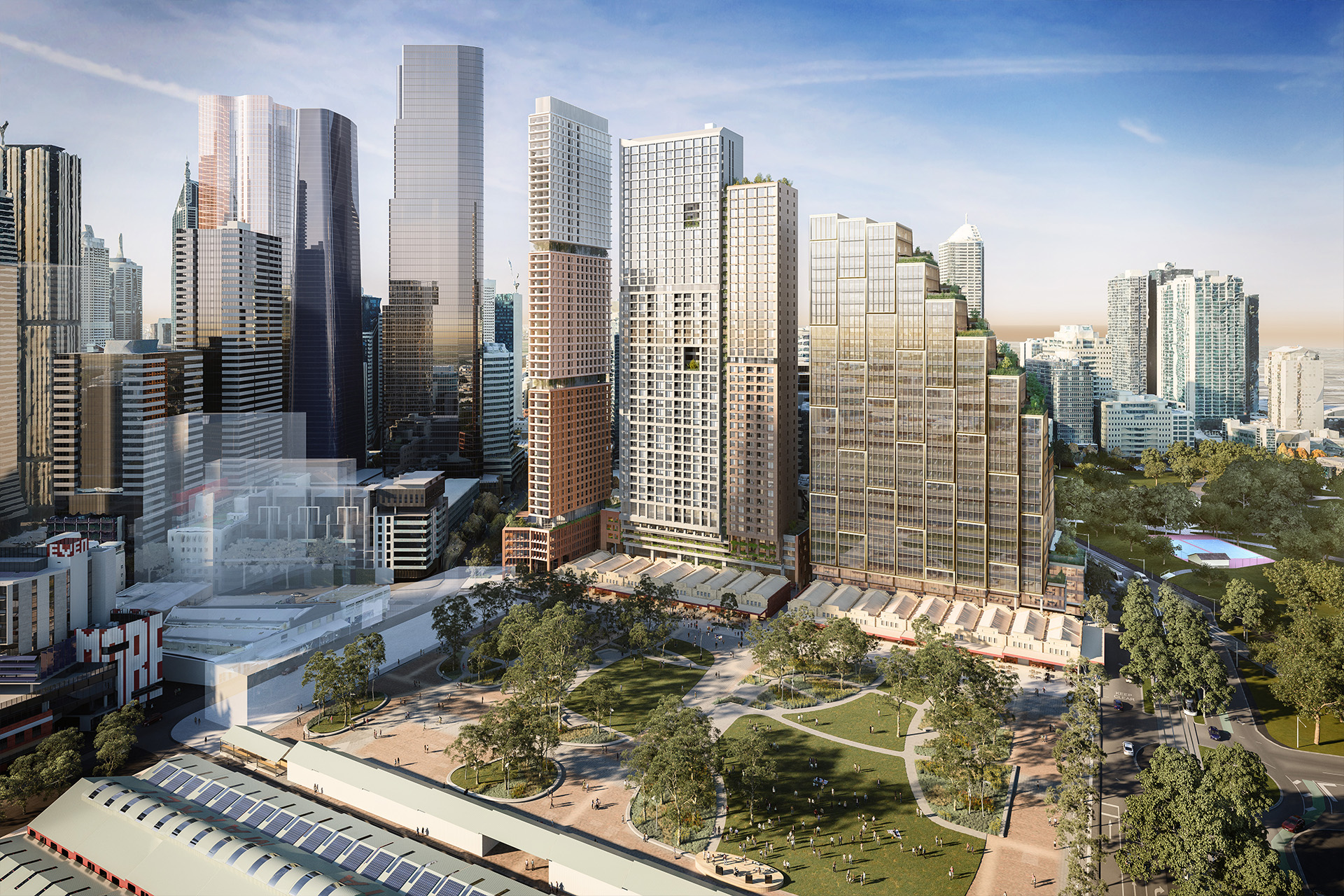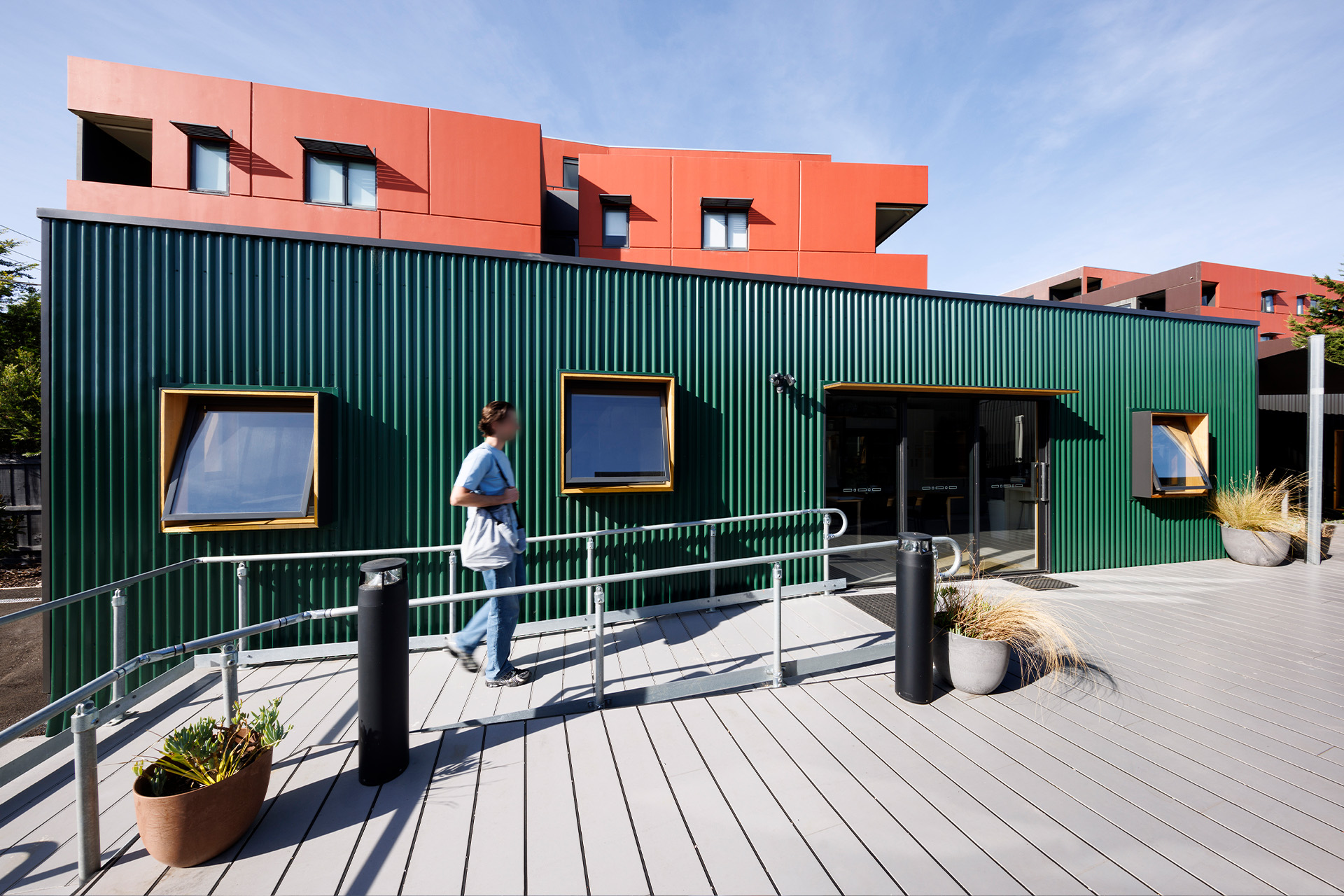Village 21 is a Kids Under Cover initiative supporting young people who are homeless or at risk of homelessness. NH Architecture was engaged to design accommodation specifically for the First Nations community in Frankston after successfully delivering a pilot project in partnership with Anglicare in Preston.
A staggering 35 percent of young people who leave out-of-home care at 18 will become homeless within 12 months. Village 21 is an initiative of Kids Under Cover which provides young people at risk of homelessness with a stable home, communal living areas and wrap-around supports. The Moorumbina Mongurnallin model, currently designed specifically for the Frankston First Nations community, is aimed to be relocated when the housing is no longer needed.


The name Moorumbina Mongurnallin means ‘You are Loved’ in Bunurong language. The modular studios are arranged to resemble a ‘village’ to foster community, making use of the ‘in between spaces’ to create opportunities for socialization and interact with the public realm whilst providing the dignity of a regular house in the suburbs. This is demonstrated through the use of ‘stoops’ and projected window frames alongside the studios for the people to perch and transform use of space fostering community.
Communal indoor and outdoor areas sit alongside the studios and onsite mentors support the young people to build their capacity and gain living skills. The use of an expansive outdoor deck ties together the individual living studios of each resident. The deck is a key communal space, used for outdoor dining and BBQ facilities, maintaining the shared gardens, bike storage, clothes drying – which all reinforce learning life skills to improve the social outcomes for the young people living there.
All the materials are mixed and matched, cost-effective, and ‘off-the-shelf’ to maximize variation across the studios, giving each studio an address and the inhabitants a greater sense of home. These elements add warmth and human scale, outlining the thresholds between the public and private spaces. Key sustainable features include rooftop solar panels, water sensitive design, native planting, rainwater harvesting, and vegetable gardens.
We partnered with Milliken Ontera to run a competition facilitated by VACCA to deliver bespoke carpet outcome for the village interiors. This was an opportunity for a local artist in the First Nations community to collaborate with MO to produce a design for the village with the ambition that this outcome will then be developed into a commercial range.








